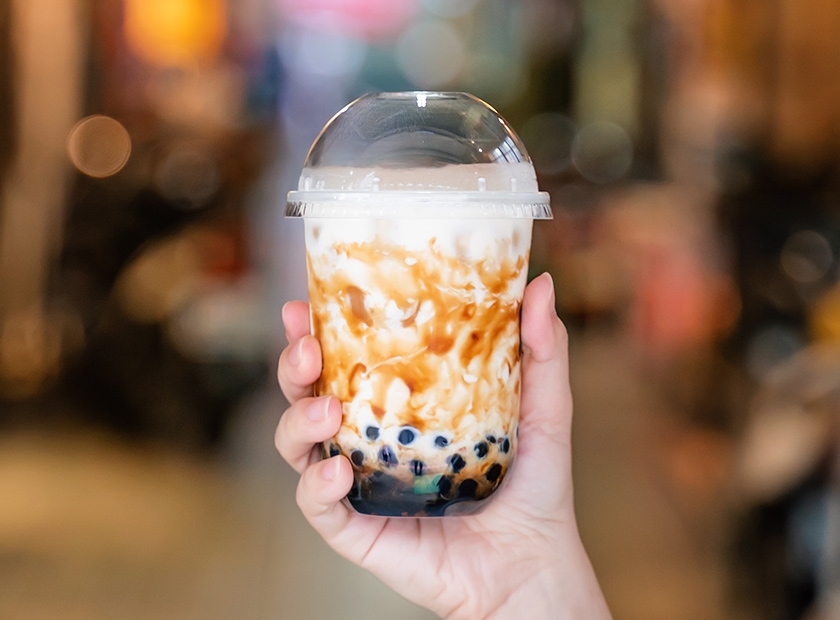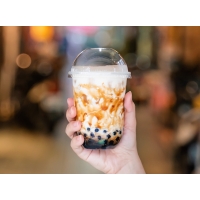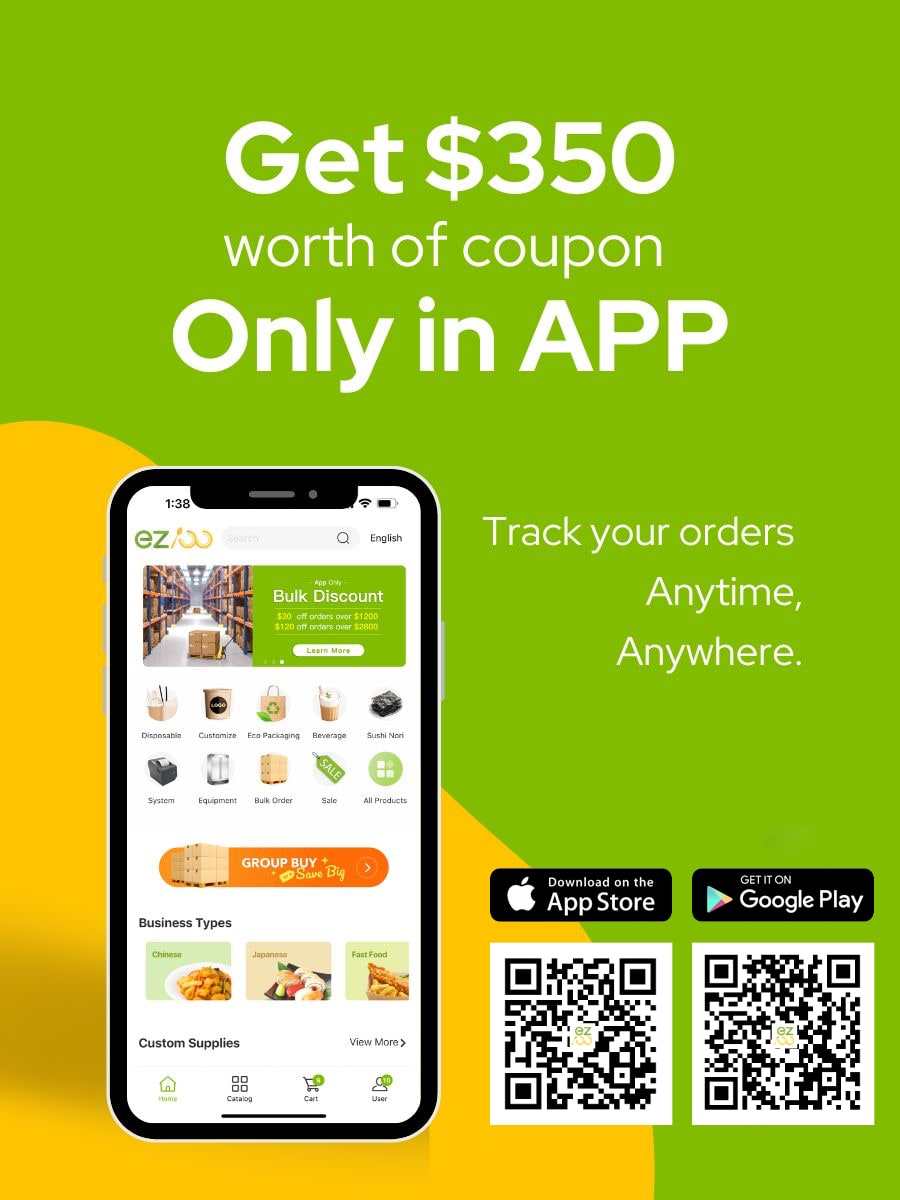The rise of milk tea in China after the pandemic
After the pandemic, the Chinese milk tea industry saw retaliatory rebound growth and a new milk tea craze among diners.
In the year that followed, the new tea beverage industry took off, with various tea beverages and new milk teas competing fiercely to seize the high ground.
In contrast to the tea beverage industry in China, where product competition is fierce and marketing creativity is increasingly demanding, there is a large gap in the U.S. tea market - the demand is strong, but the supply of products is below the demand.
In this situation, the promotion of the "meal + beverage" model in North America will bring a wider customer base and more profit for restaurants.
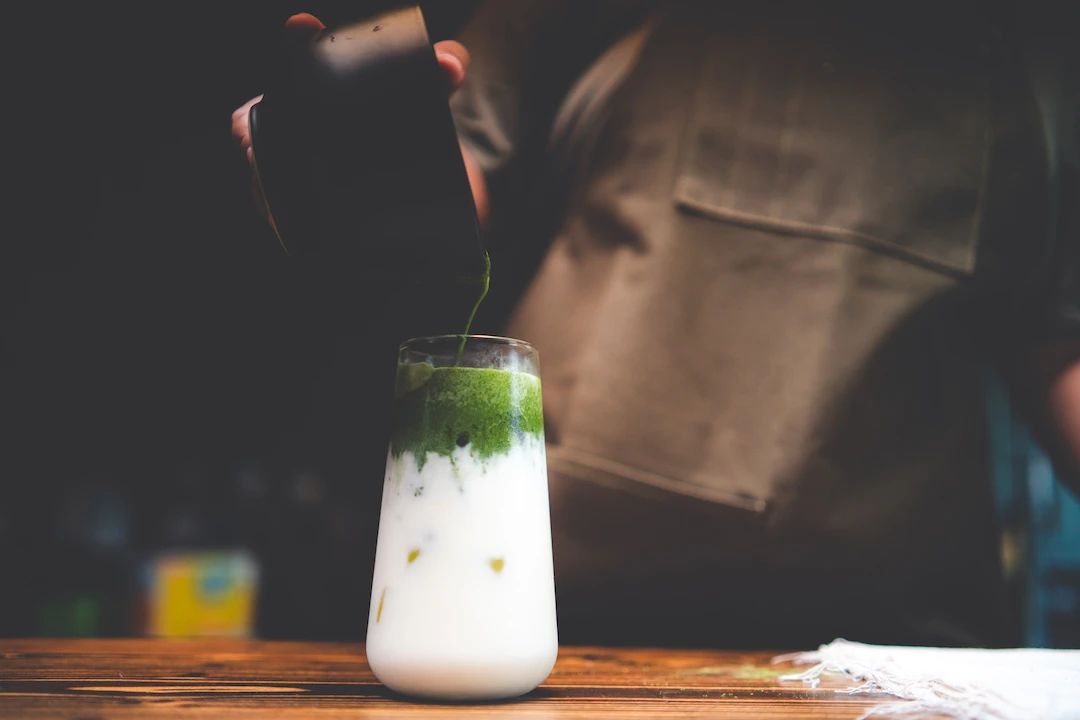
What is the "meal + drink" model?
The "meal + drink" model refers to the organic combination of the restaurant's own dishes and the newly added drink category to better utilize the consumption habits of customers.
This is a business model which enhances the attractiveness of the restaurant to consumers, thus improving the customer unit price and increasing the restaurant revenue.
The common misunderstanding of "meal + drink" mode
-
Turn the restaurant into a milk tea store
The "meal + drink" model is to use the characteristics and advantages of the restaurant itself, adding the new beverage category with the original dishes, playing a combination of dishes with drinks. Therefore, focus on the combination, rather than the drinks themselves.
So, the innovation of drinks, independent research and development, expansion of beverage types, etc., are not "meal + drink" mode.
-
crazily compete with drink stores
More and more guests, before they come to the restaurant, they will go to the drink store to buy a drink first.
The restaurant's turnover will be reduced, so many restaurant owners have taken the drink store as a competitor.
However, the "meal + drink" model advocates the use of dishes as the main attraction, through the increase of drinks and dishes to better retain customers, instead of advocating the pressure of competition which would lead to blind competition.
How to do the "meal + drink" model?
First of all, restaurant owners should re-examine their business characteristics and advantages, for example, steakhouse with red wine, hot pot with Wang Laoji.
For heavy-tasting restaurants, you can choose refreshing drinks, such as lemon tea, fruit tea, milk shakes, milk tea with stronger tea flavor and so on.
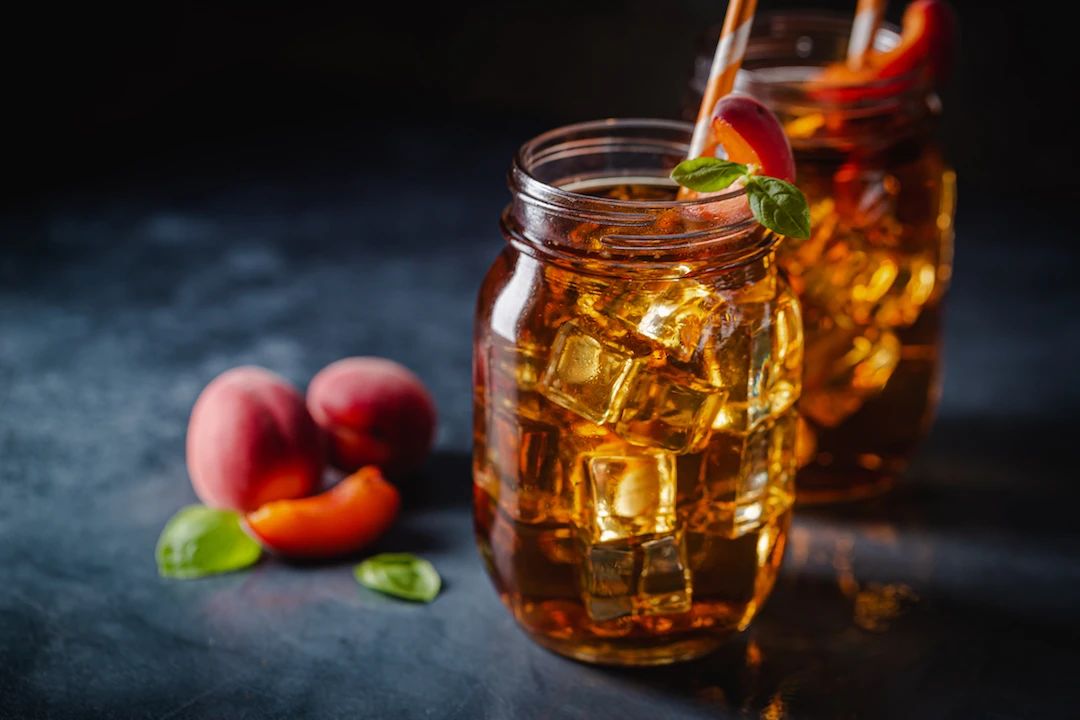
Xiabu Xiabu began to lay out drinks as early as 2012, first with smoothies and milkshakes, and later followed current events and focused on the "hot pot + milk tea" model.
The milk tea offer is available in stores, and the reputation of the milk tea is very good in the consumer community.
The same is true for Cou Cou Hot Pot, which combines spicy Taiwanese hot pot and hand-shaken tea together, and makes a lot of money on milk tea sales.
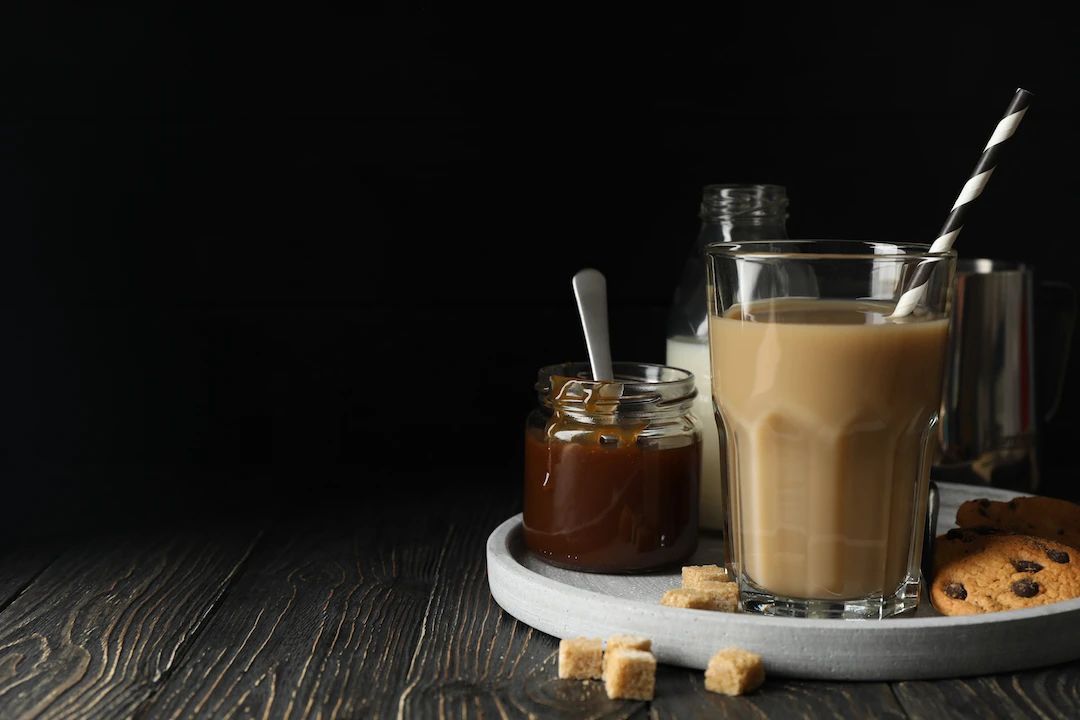
Then, restaurant owners can combine their own characteristics to keep up with the current trend. For example, nowadays, "low sugar" and "high dietary fiber" drinks are popular.
In restaurants which mainly do soup, sided with light flavored dishes you can choose sugar substitutes, sparkling water, low-sugar desserts, etc., to form a "slimming" series to attract more young people following a fitness and wellness lifestyle.
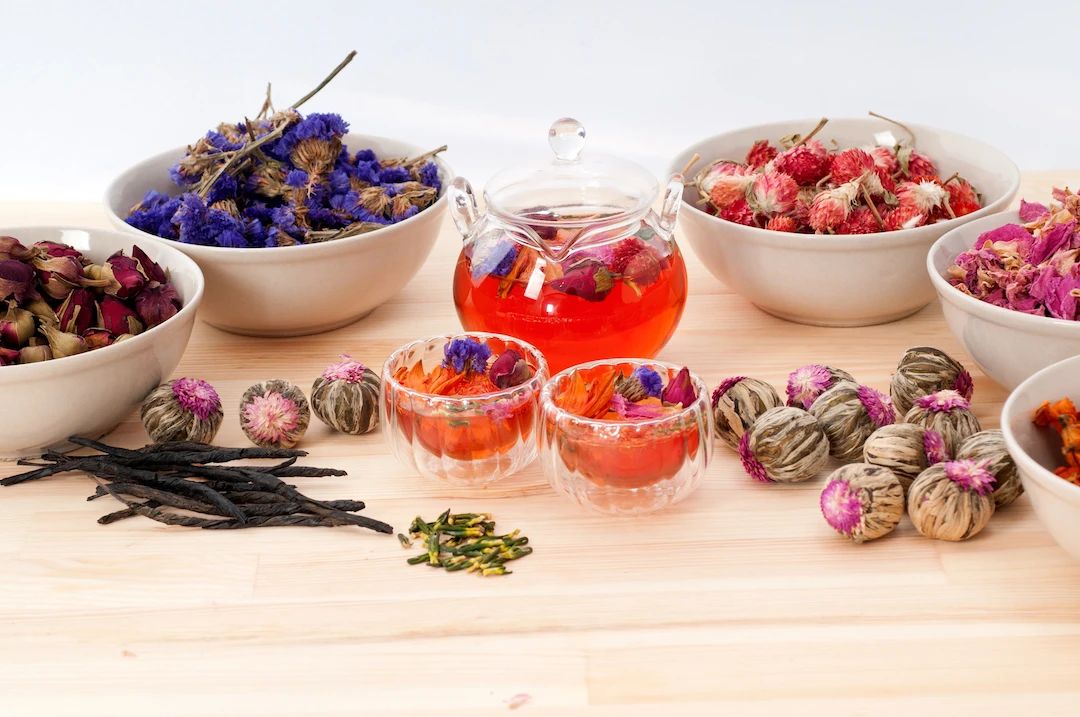
In addition, restaurant owners can also take advantage of their own supply chain, such as Hainan coconut chicken hot pot restaurants.
These restaurants' owners can choose coconut milk as the main beverage, with the supply advantage to attract more guests.
Fully exploit their own advantages
In the era of diversified food and beverage consumption, restaurant owners are looking for new marketing strategies to make restaurant turnover continue to grow.
However, the owners often ignore their own original advantages. Only fully exploiting their own characteristics, sorting out the development of the restaurant brand, can they stand firm and continue to develop in the ever-changing restaurant industry.




